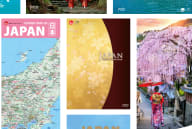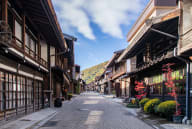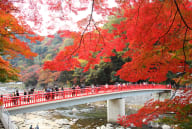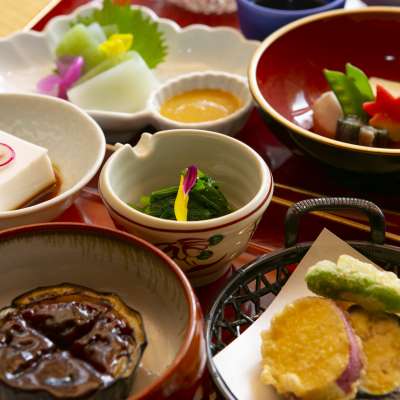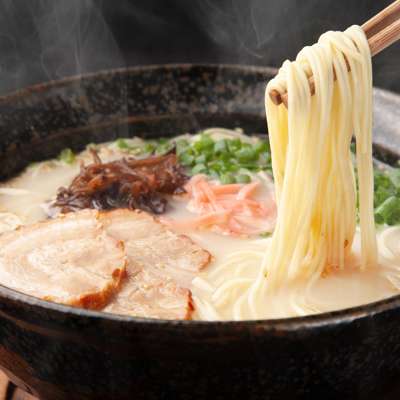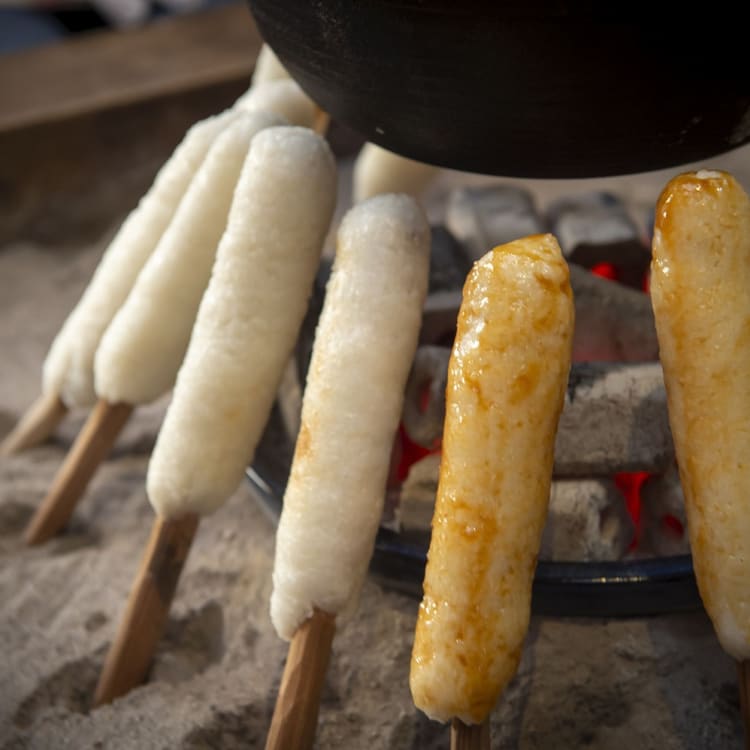
Japanese Foods You May Not Have Heard About: Tohoku Edition
The past decade has seen a sudden leap in awareness about Japanese food abroad. More and more, horizons have expanded beyond the typical sushi and ramen restaurants, and a variety of more “authentic” local fare is gaining popularity overseas.
Nevertheless, there are whole genres of Japanese cooking that often go overlooked. This is particularly true of more rural prefectures, each of which is known for its own specialty. This being the case, Japan attaches a lot of regional identity to its foods. Seeing certain menu items can alight rural-raised hearts, with a flicker of “You’re from where I’m from!” – this is true both in Japanese metropoles, and even moreso abroad.
Tohoku is perhaps one of the best examples of this. As a region known for the heartiness of both its food and its people, Tohoku’s local cuisine can be a marker of pride for a region faced with a shrinking population. Below are some of the iconic dishes associated with each of Tohoku’s six prefectures. Although it’s less likely you’ll be seeing these at as menu items in North America, if you do, you will have a good idea of the restaurant owner's heritage, or else, a region that they hold dear.
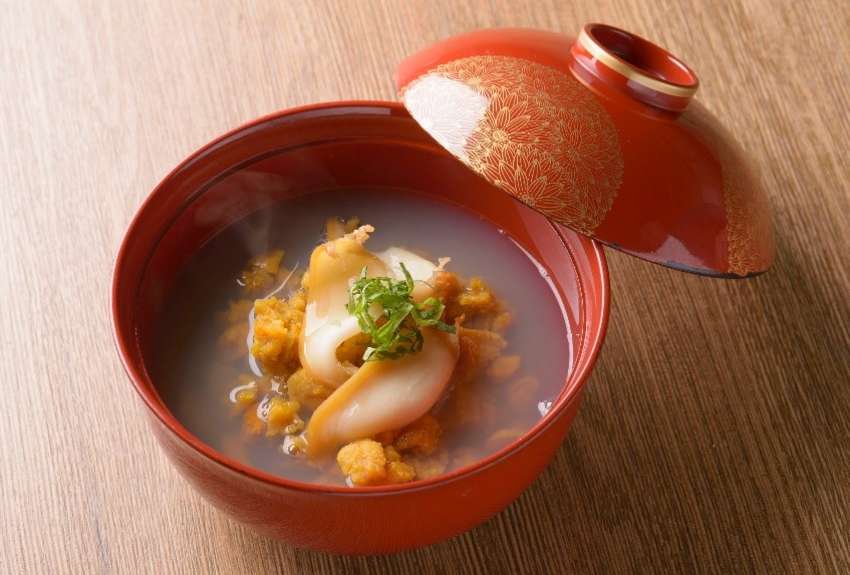
Aomori Prefecture – Ichigo-ni
Although the crop most widely associated with Honshu’s northernmost prefecture is undoubtedly the apple, when it comes to the local cuisine, one of Aomori’s best-known translates literally to “boiled strawberries”. Aside from the visual resemblance which prompted the name, this is a far cry from either fruit. Rather, Ichigo-ni is a medley of one of Aomori’s other most famous staples – its delicious seafood. Featuring a lavish combination of sea urchin and abalone simmered gently in a soy broth, ichigo-ni brings out the subtleties in each flavour, making for a light yet hearty winter soup.
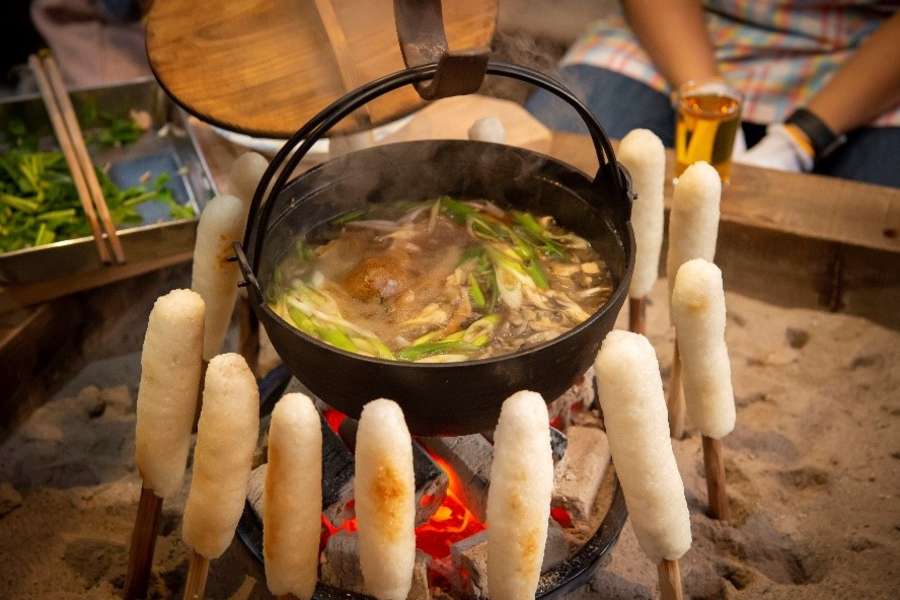
Akita Prefecture – Kiritanpo
The food in Akita is as warm and as filling as one would expect of such a wintery region, with fire-roasted kiritanpo rice skewers being its most iconic dish. Those who’ve tried roasted mochi will have some idea of how delicious a grilled, gooey, hunk of rice can truly be – but kiritanpo brings new complexity to this in terms of its coarse texture, and smokey undertones. These rice skewers are perfect to accompany the rich, ironpot stews with which they are often served.
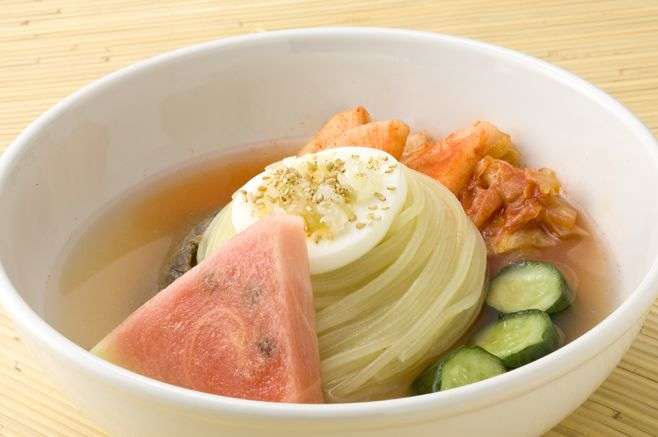
Iwate Prefecture – Morioka Reimen
While much of Tohoku’s cuisine feels wintery in nature, Iwate offers a stark rebuttal with this summer classic. Morioka reimen, which takes its name from the prefecture’s capital, is a chilled noodle dish consisting of a kimchi, watermelon and seasoned cucumbers – making it the perfect combination of spicy, tangy, crisp, and sweet. The dish was developed in the 1950’s by a Korean immigrant, who recreated foods he grew up with using local ingredients. The distinct combination of flavours proved wildly popular, and today it is known across Japan. During the summer months, people have even been known to travel to Iwate from faraway prefectures, just to try this dish at its point of origin.
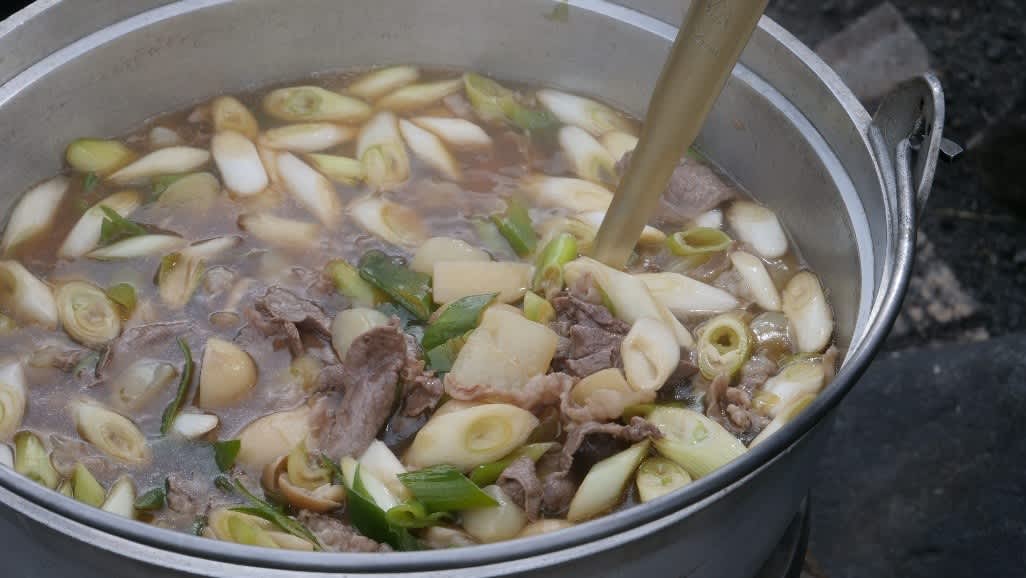
Yamagata Prefecture - Imoni
Thinly sliced pieces of beef, with taro and konjac, and plenty of spring onions, make for another hearty dish – perfect for Yamagata’s chilly winter! Many recipes will also include maitake mushrooms, and burdock root. The richness and umami of each of the beef and mushrooms is drawn out through a slow simmer in a quintessential Japanese broth involving sugar, sake, dashi, and soy – which then seeps into the taro and burdock. Similar to other hotpot dishes, imoni is a very social food – with locals having indoor and outdoor “imonikai” (imoni parties) during the autumn and winter months.

Miyagi Prefecture - Zunda
Miyagi has many culinary specialties, but perhaps the most unique is zunda - a confection made from crushed edamame beans, with sugar, and just a dash of salt. Those whose only experience with edamame is as an appetizer at overseas Japanese restaurants might be surprised to see that it is not exclusively a salty snack. With an open mind, one can realize that these beans have a rich and nutty flavour that can be either savoury, or sweet. Zunda delivers the perfect combination, making it a great compliment to everything from mochi to milkshakes.
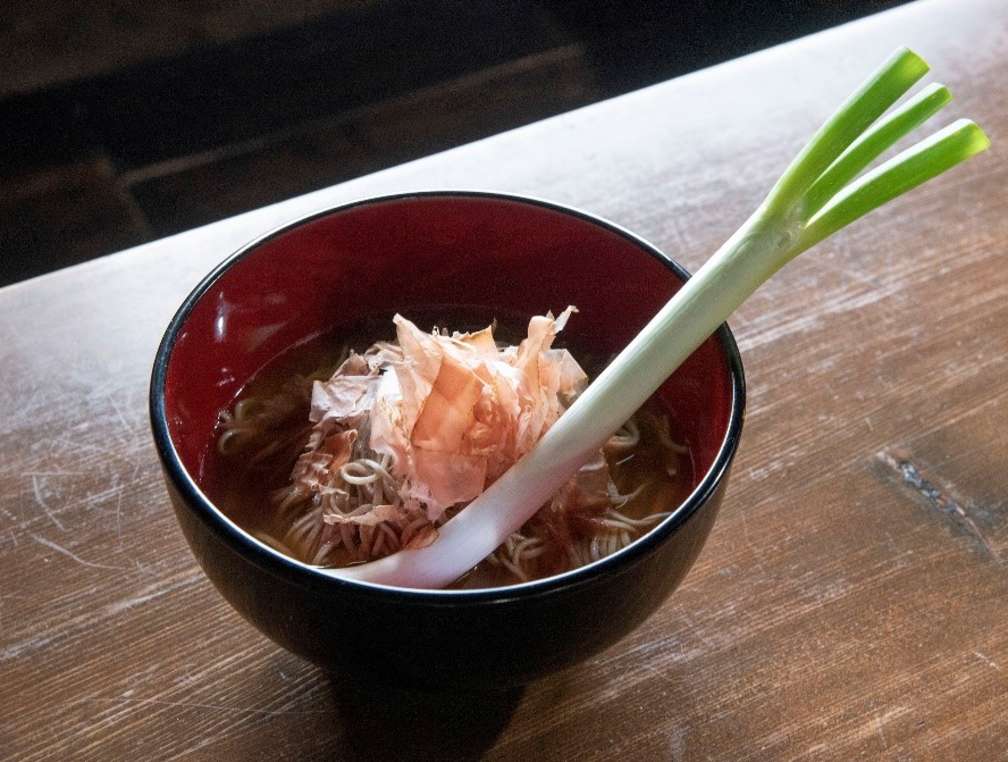
Fukushima Prefecture – Negi Soba
It's not a matter of fork or chopsticks with this one! Exactly as the name implies, negi soba is a dish of buckwheat noodles, served with a single, whole negi spring onion to be used as cutlery. Primarily found in Fukushima’s Aizu region (in particular, Ouchi-juku heritage village) negi soba is regarded as something of a novelty, even among locals. Nevertheless, there is more to it than just the challenge of how to eat it – soba produced in Aizu is noted to be of exceptional quality due to the region’s nutrient-rich soil. Restaurant staff have been known to provide chopsticks upon request, though they will often remind you that it tastes better if you put in the effort.


















































